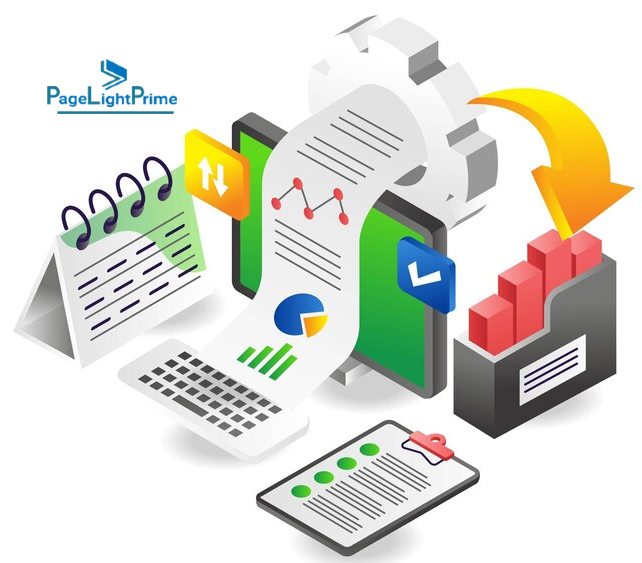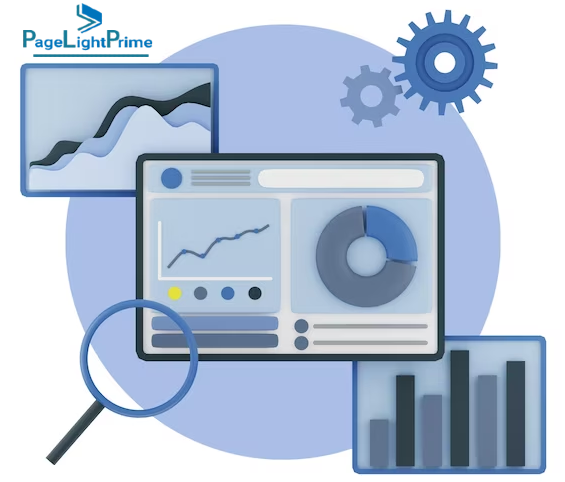Integrating Legal Accounting Software with Practice Management Systems
In the rapidly evolving legal landscape, law firms are constantly seeking ways to enhance efficiency, streamline processes, and improve overall practice management. One key solution that has gained prominence is the integration of legal accounting software with practice management systems. This blog explores the benefits of such integration and provides best practices for law firms looking to optimize their financial and operational workflows.
Written by Knowledge Team, posted on January 20, 2024

Benefits of Integration
Streamlined Financial Management
Integration allows for seamless synchronization between accounting and practice management systems, ensuring accurate and up-to-date financial data.
Automated data transfer reduces the risk of errors and enhances the efficiency of financial transactions.
Time and Cost Savings
Elimination of manual data entry and reconciliation tasks frees up valuable time for legal professionals to focus on core legal activities.
Reduced administrative overhead leads to cost savings and improved profitability for law firms.

Enhanced Reporting and Analytics
Integrated systems provide comprehensive insights into financial performance, client billing, and overall practice metrics.
Customizable reports help law firms make data-driven decisions and monitor key performance indicators.
Improved Client Billing and Trust Accounting
Seamless integration ensures accurate and timely client billing, reducing billing disputes and improving client satisfaction.
Trust accounting compliance is simplified, enhancing transparency and adherence to regulatory requirements.
Efficient Workflow Management
Integration optimizes workflow by connecting financial processes with case management, document management, and calendaring systems.
Tasks such as invoicing, expense tracking, and timekeeping are seamlessly integrated into the overall practice management workflow.

Best Practices for Integration
Choose Compatible Software Solutions
Select legal accounting software and law firm practice management solution that are designed to work together seamlessly.
Ensure compatibility in terms of data formats, APIs, and integration capabilities.
Define Clear Workflows
Map out clear workflows ifor financial processes, including billing, invoicing, and trust accounting.
Define roles and responsibilities to ensure that team members understand their tasks within the integrated system.

Invest in Training and Support
Provide comprehensive training to staff members on how to use integrated software effectively.
Ensure ongoing support to address any issues and keep the system running smoothly.
Regular Data Audits
Conduct regular audits of integrated data to identify and address any discrepancies.
Implement data validation checks to maintain data accuracy and integrity.
Stay Informed About Updates
Keep abreast of software updates for both accounting and practice management systems.
Regularly update integrated systems to take advantage of new features and security enhancements.

Software Integration
Integrating legal accounting software with practice management systems involves a systematic approach to ensure a seamless and efficient workflow. Below are the key steps and considerations for successful integration:
Define Integration Goals
Clearly outline the goals and objectives of the integration. Identify the specific financial processes and workflows that need to be integrated, such as client billing, legal trust accounting software, and financial reporting.
Plan Workflows
Map out clear workflows for the integrated processes. Define how data will flow between the accounting and practice management systems, including the synchronization of client and matter data, invoicing, and financial reporting.
Access Integration Features
Familiarize yourself with the integration features provided by the selected software solutions. Explore available APIs, connectors, and plugins that facilitate the seamless exchange of data between the systems.

Data Migration
Prepare for data migration by cleaning and organizing existing data. Ensure that data fields align between the two systems to prevent discrepancies during the migration process.
Customization and Configuration
Customize the integration settings based on the specific needs of your law firm. Configure settings for client billing preferences, trust accounting rules, and other relevant parameters.
User Training
Provide comprehensive training to staff members on how to use the integrated system effectively. Ensure that users understand the new workflows and how to navigate between the accounting and practice management components.

Security Measures
Prioritize security measures during integration. Implement encryption protocols for data transmission and storage to safeguard sensitive financial and client information. Set up access controls and permissions to restrict user access based on roles.
Testing
Conduct thorough testing of the integration before fully implementing it in a production environment. Test various scenarios, including data entry, invoicing, and financial reporting, to identify and address any issues.
Rollout in Phases
Consider rolling out the integration in phases rather than implementing it all at once. This allows for a smoother transition and provides the opportunity to address any unforeseen challenges gradually.

Monitoring and Optimization
Monitor the integrated system post-implementation and address any issues promptly. Regularly review workflows, security measures, and user feedback to optimize the integration for ongoing efficiency.
Stay Informed About Updates
Keep abreast of software updates for both the legal accounting and practice management systems. Regularly update integrated systems to take advantage of new features, security enhancements, and bug fixes.

By following these steps and considerations, law firms can successfully integrate legal accounting software with practice management systems, leading to improved efficiency, accurate financial management, and enhanced overall practice operations.
Conclusion
Integrating legal accounting software with practice management systems offers law firms a strategic advantage by enhancing financial management, saving time and costs, and improving overall operational efficiency. By following best practices and leveraging compatible software solutions, law firms can position themselves for success in an increasingly competitive legal landscape.
